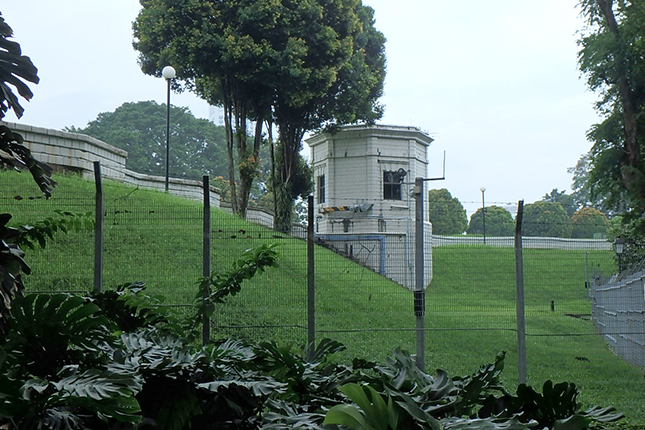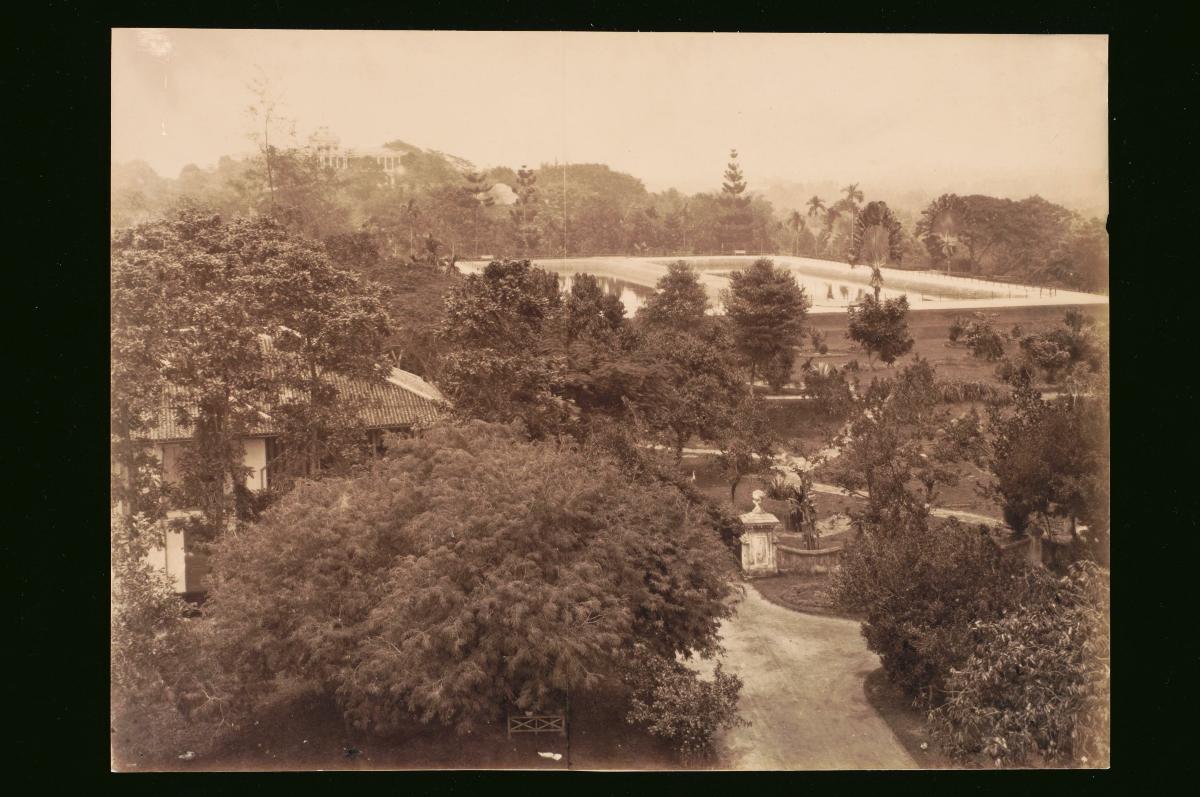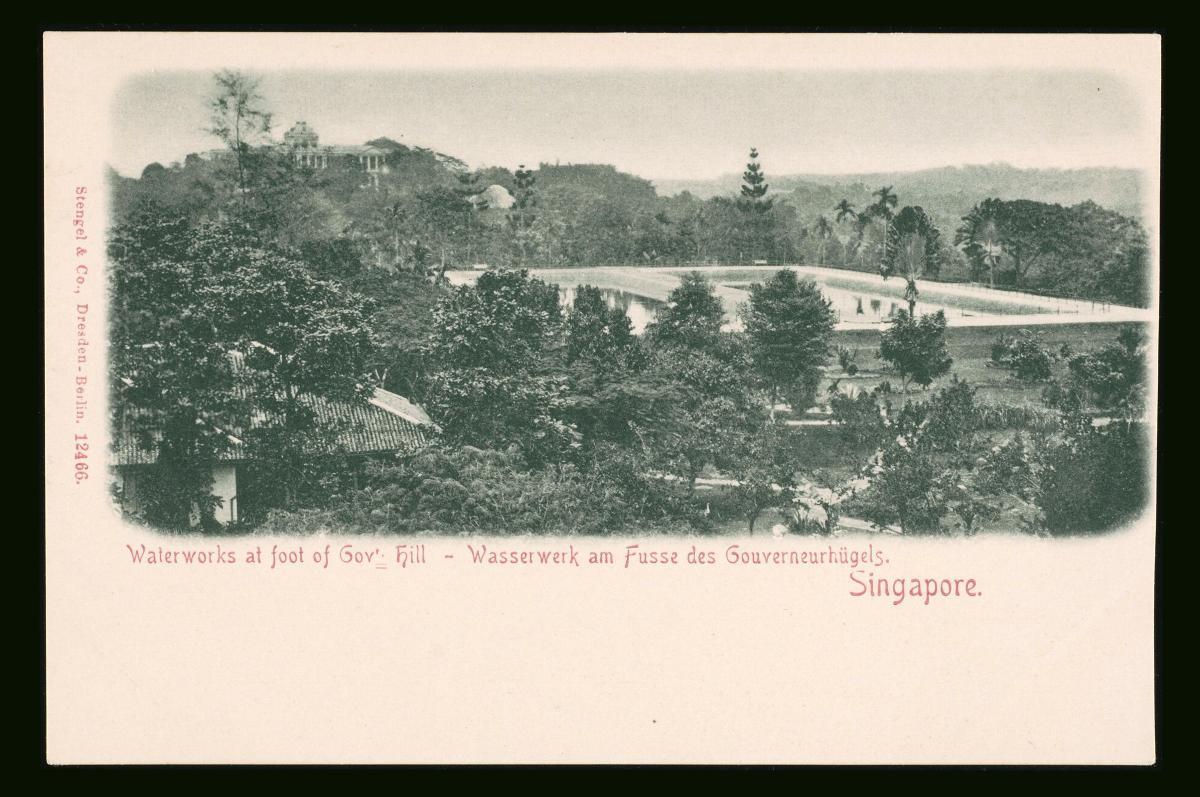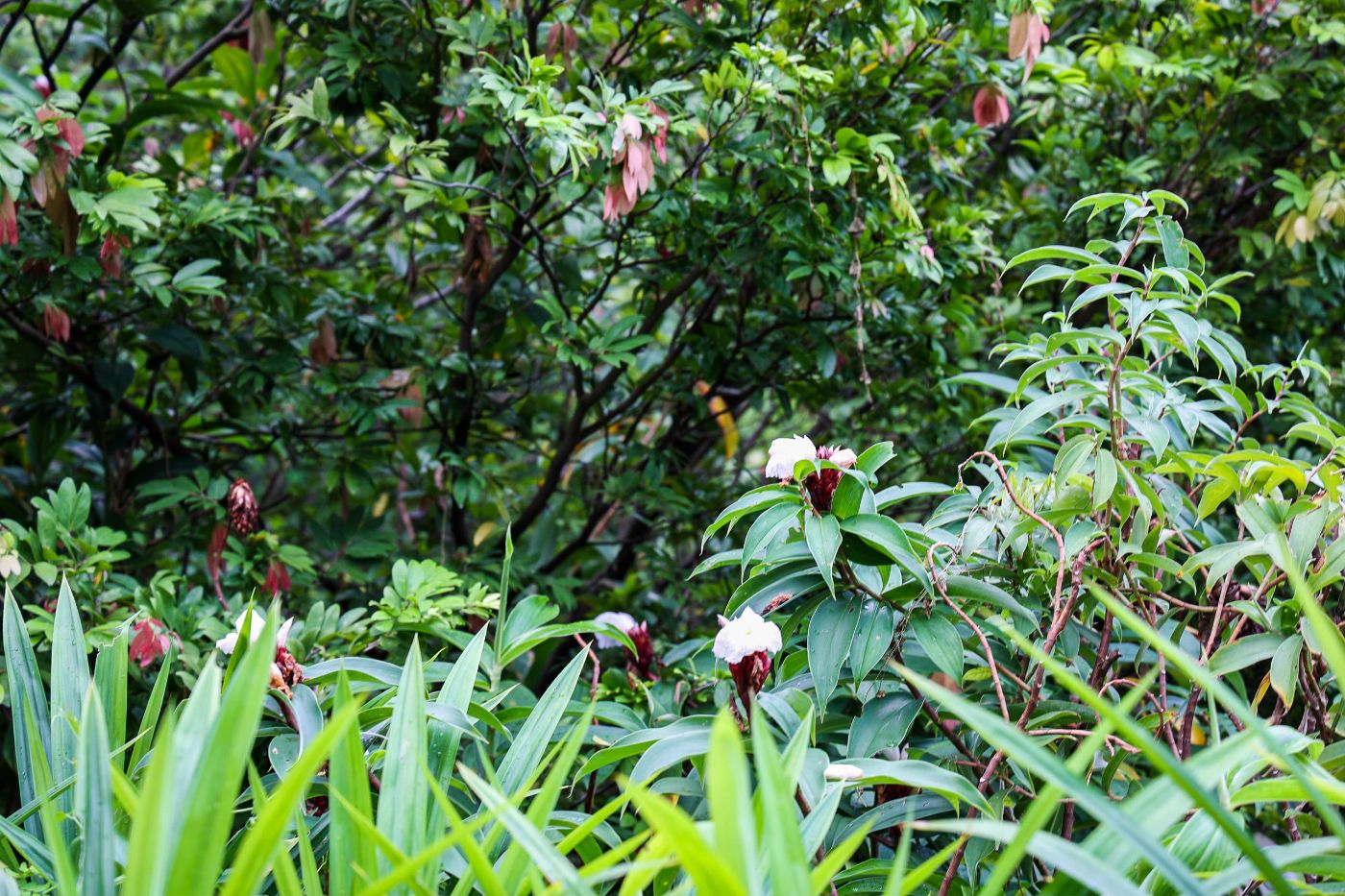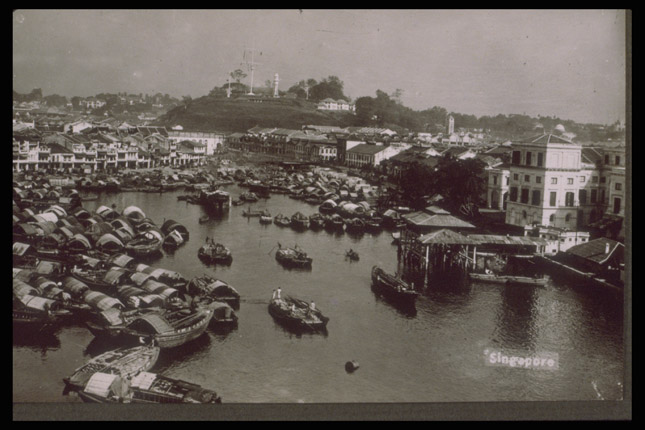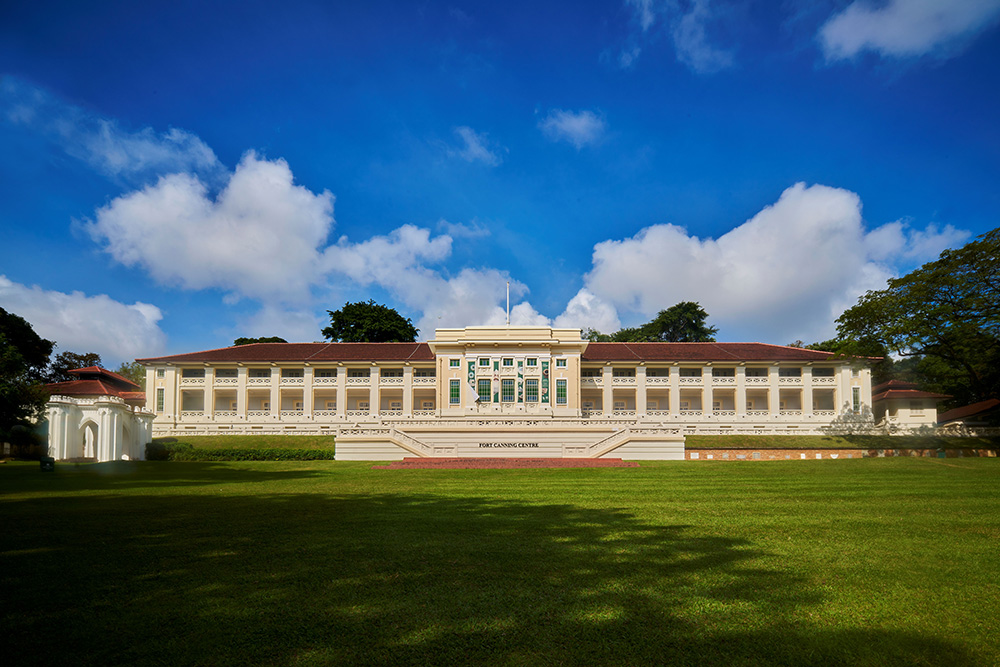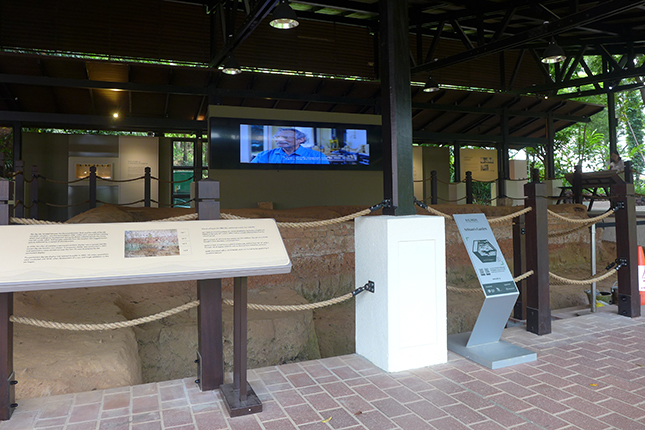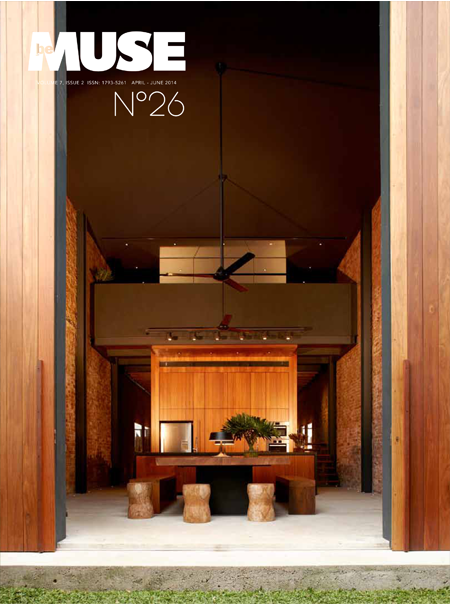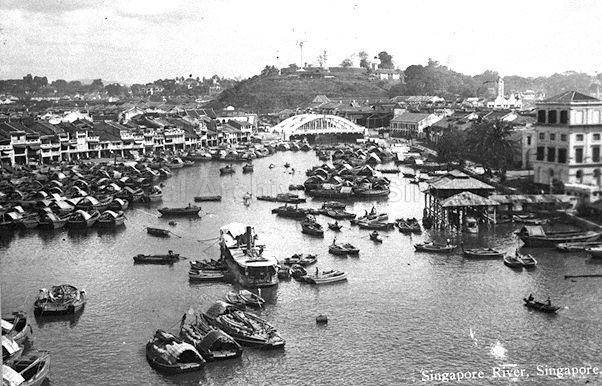Opened in 1929, the Fort Canning Service Reservoir was built at the former site of the hill’s main fort, which was torn down due to lack of use. The massive project took two years to complete.
Supplied by water pumped from Woodleigh and Johor, the then-newly constructed reservoir was vital in supplying the alarming rise in water consumption—one of the outcomes of a thriving British colony.
Prior to its completion, Singapore’s reserve supply could only provide the population with half a day’s water consumption; the Fort Canning Service Reservoir expanded this capacity to two days of water supply.
Though presently inaccessible to the public, the reservoir’s magnificence was captured in historical photographs and written accounts.
Its roof resembles a giant honeycomb: Covered by a layer of soft green turf, 264 enormous hexagonal domes—laid side by side—span a vast area of over seven acres underground.
The domes are supported by concrete block columns underneath. Walls—supported by a series of arches and buttresses—surround the domes and stand at a height of 37 feet.
Practical considerations were also taken into account during construction: the reservoir was built using reinforced concrete—an economical material that would be able to withstand the high stress exerted by water pressure. Asphalt was applied on the inner surfaces of the walls and floors for a continuous watertight lining.
Interestingly, the reservoir made news in July 1928 when an unexpected discovery of ancient gold bangles and bracelets was made during excavating works. These were dated to the 14th century and thought to be of Hindu workmanship.
Buildings and sites featured on Roots.SG are part of our efforts to raise awareness of our heritage; a listing on Roots.SG does not imply any form of preservation or conservation status, unless it is mentioned in the article. The information in this article is valid as of October 2019 and is not intended to be an exhaustive history of the site/building.




